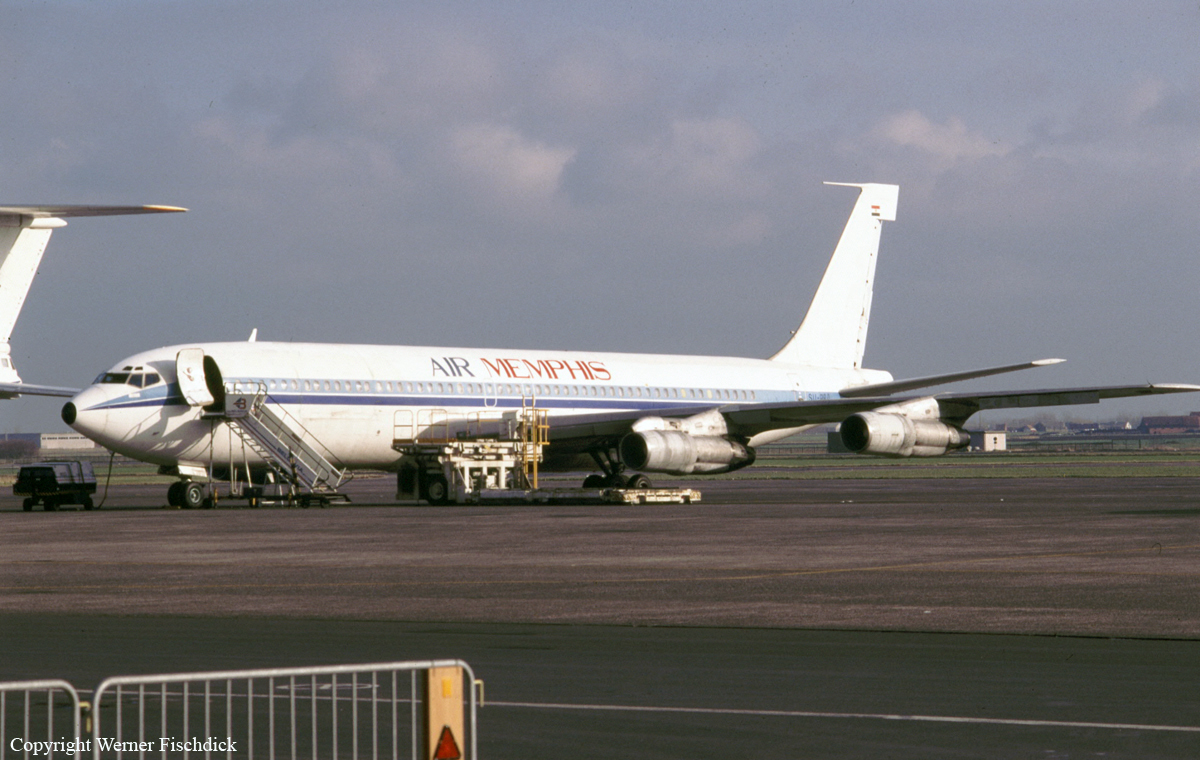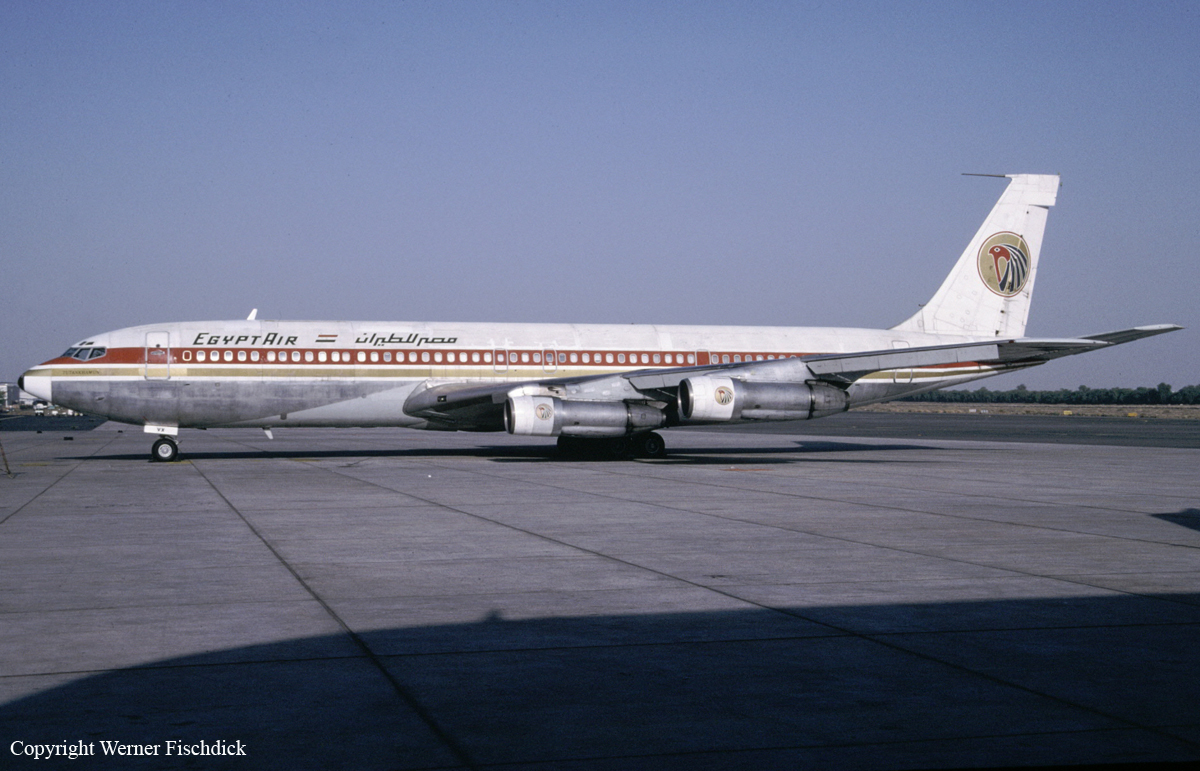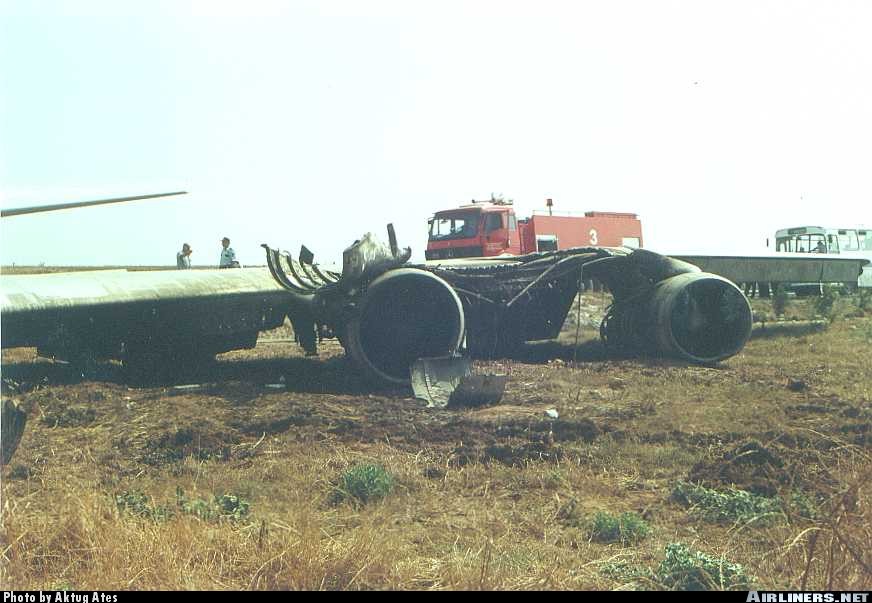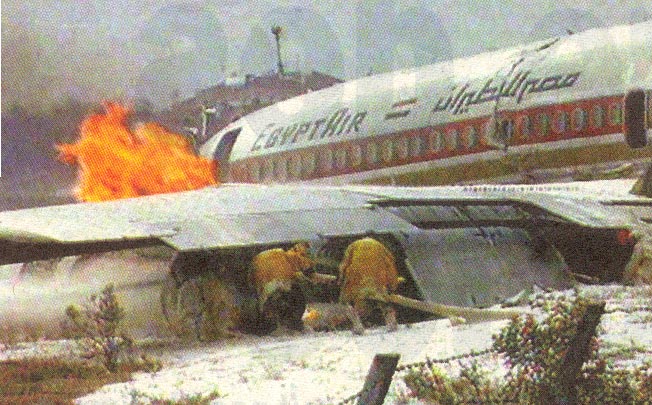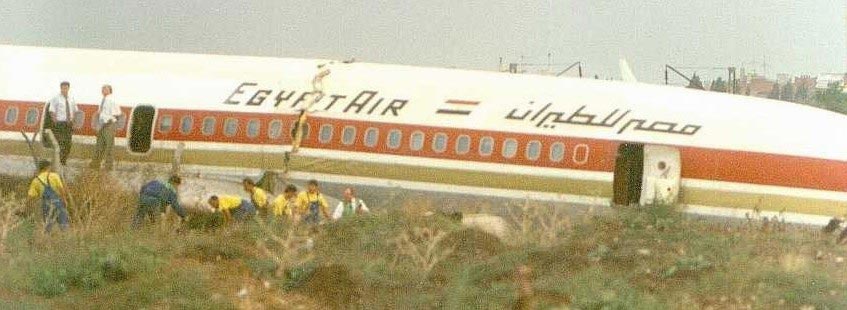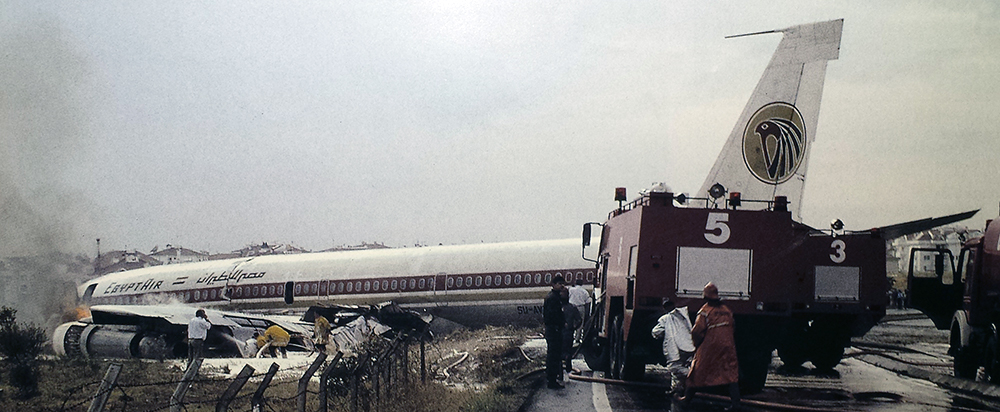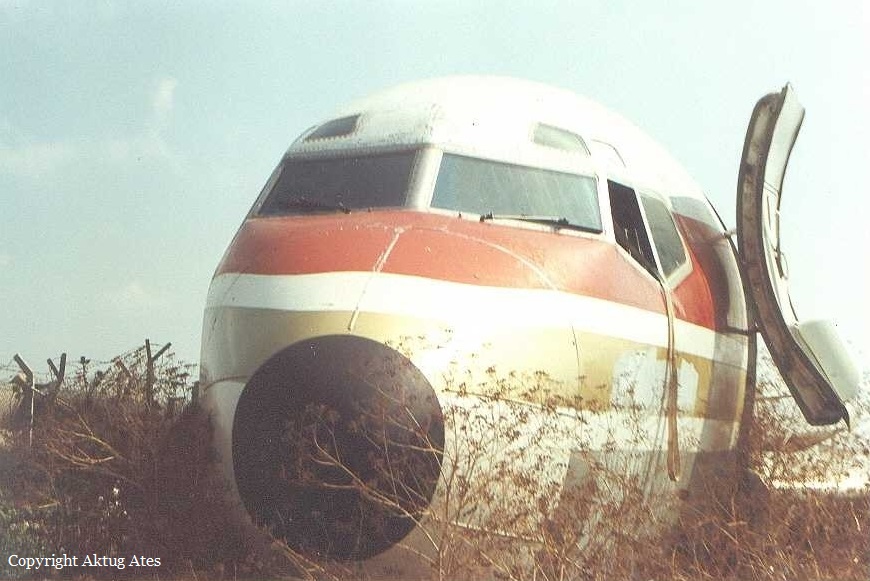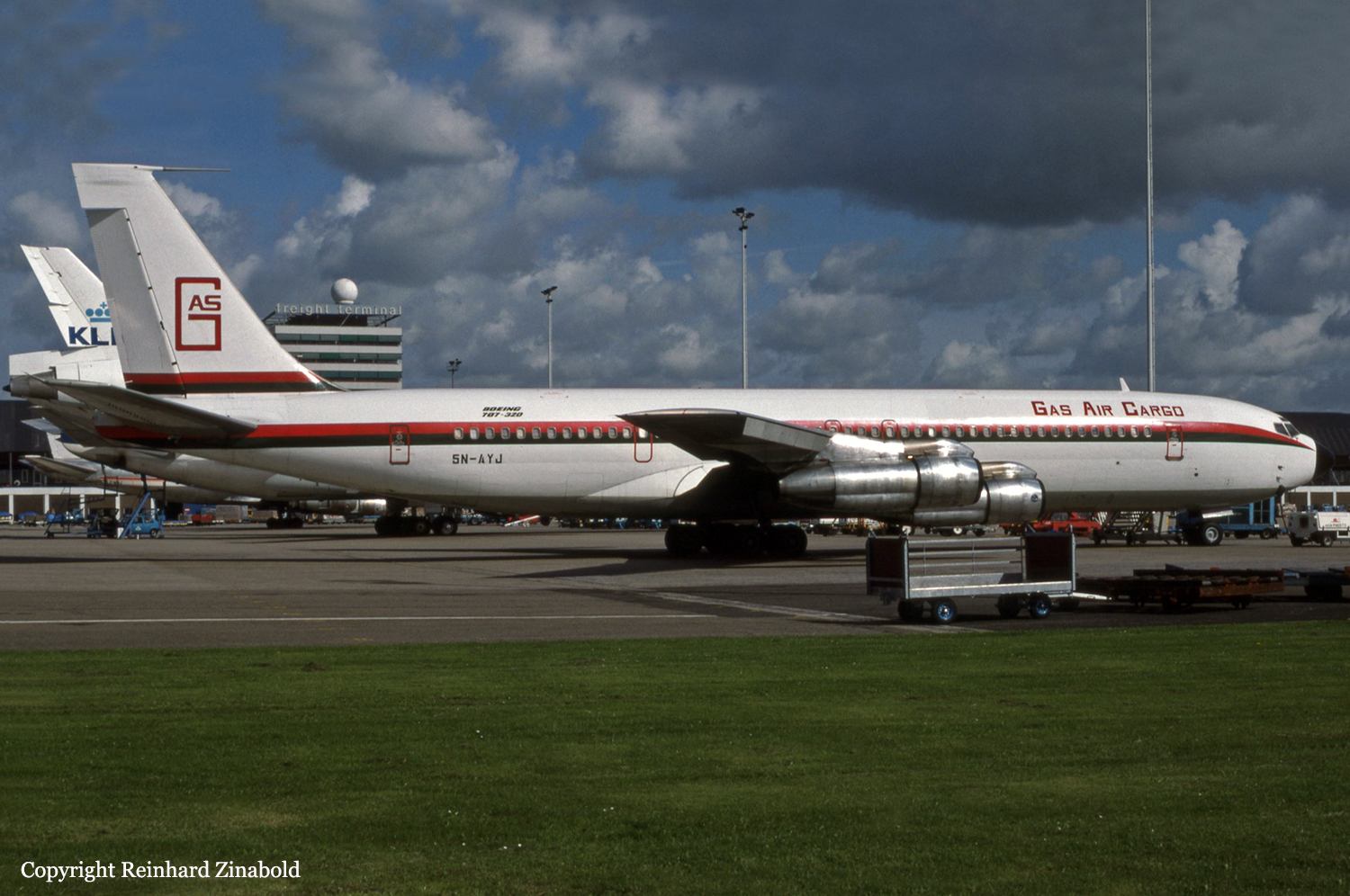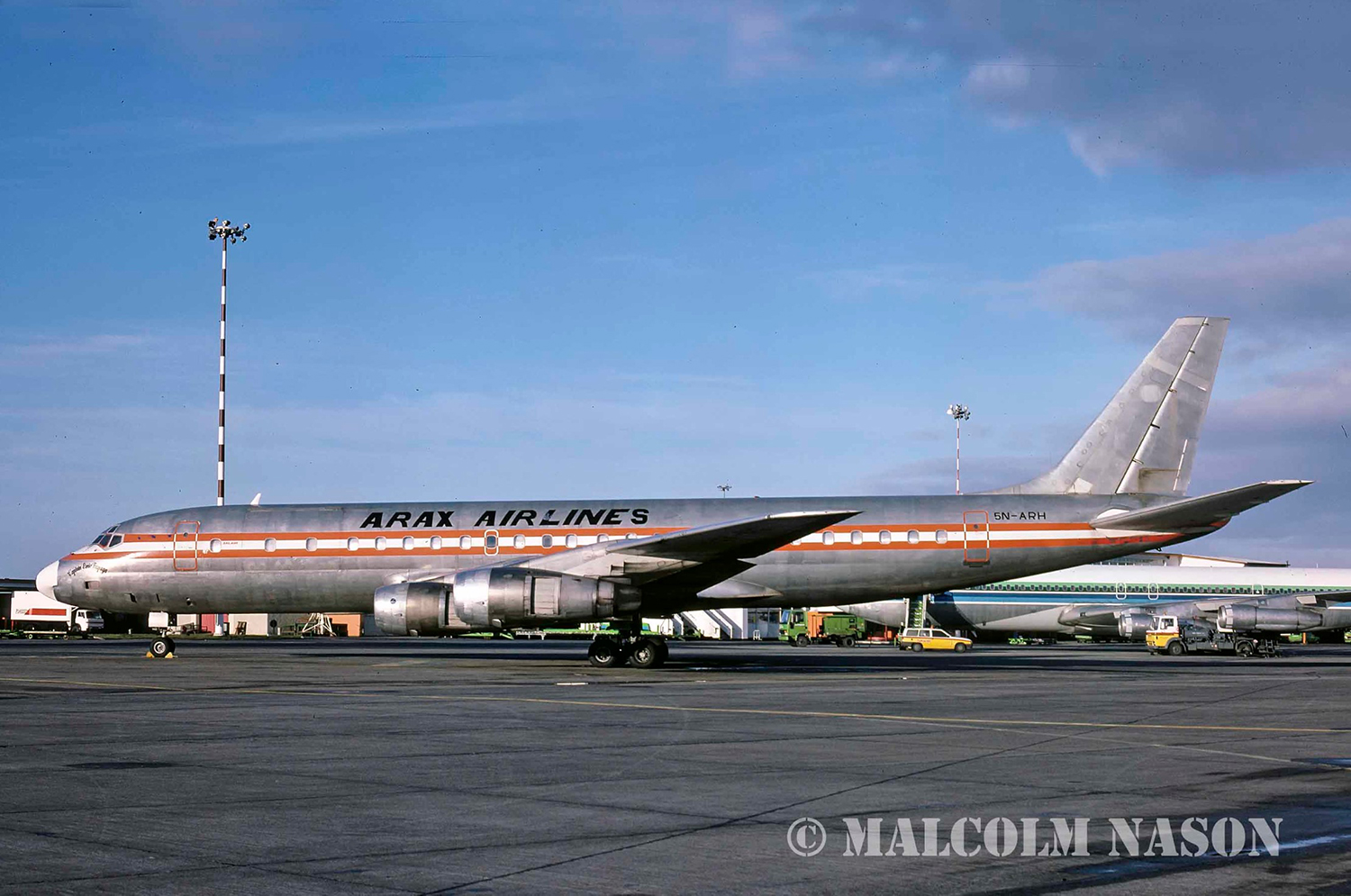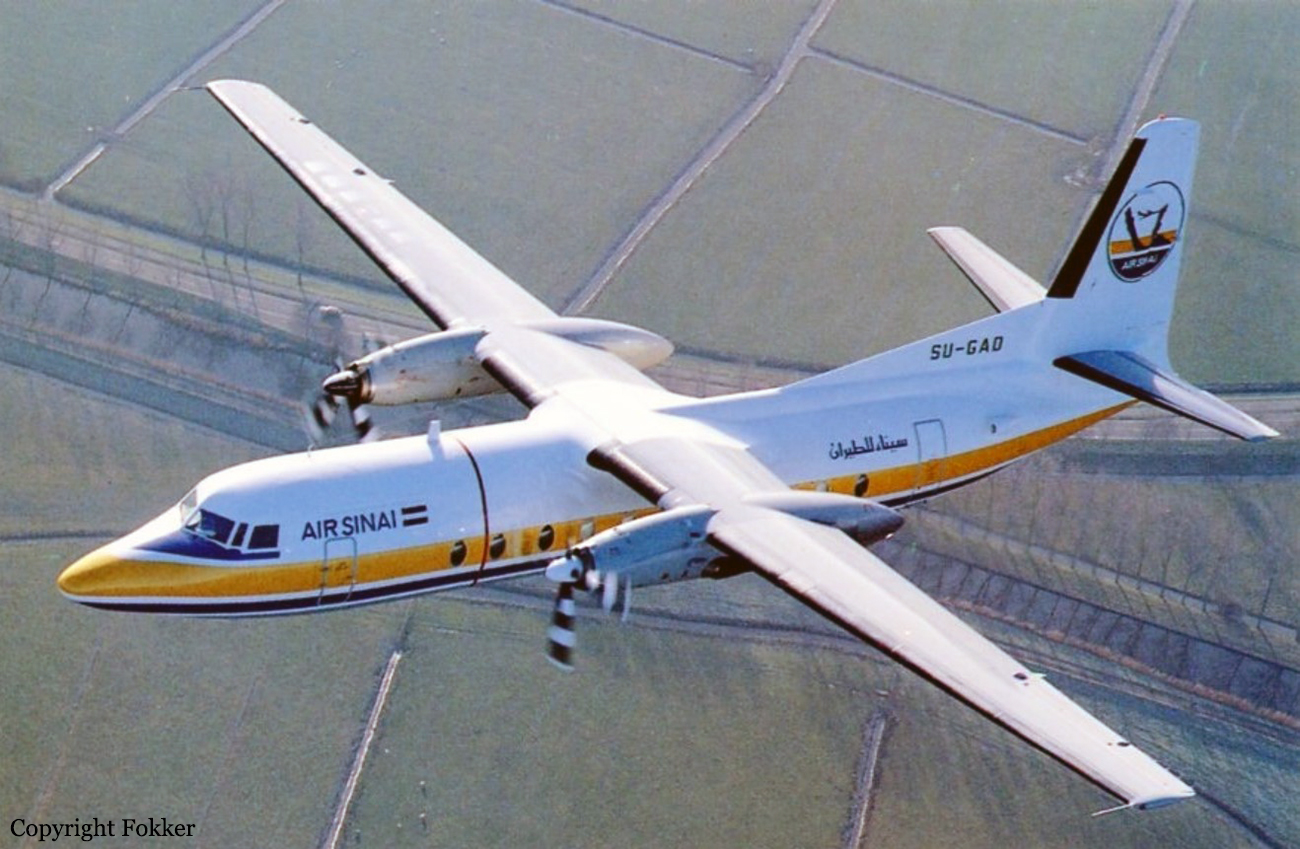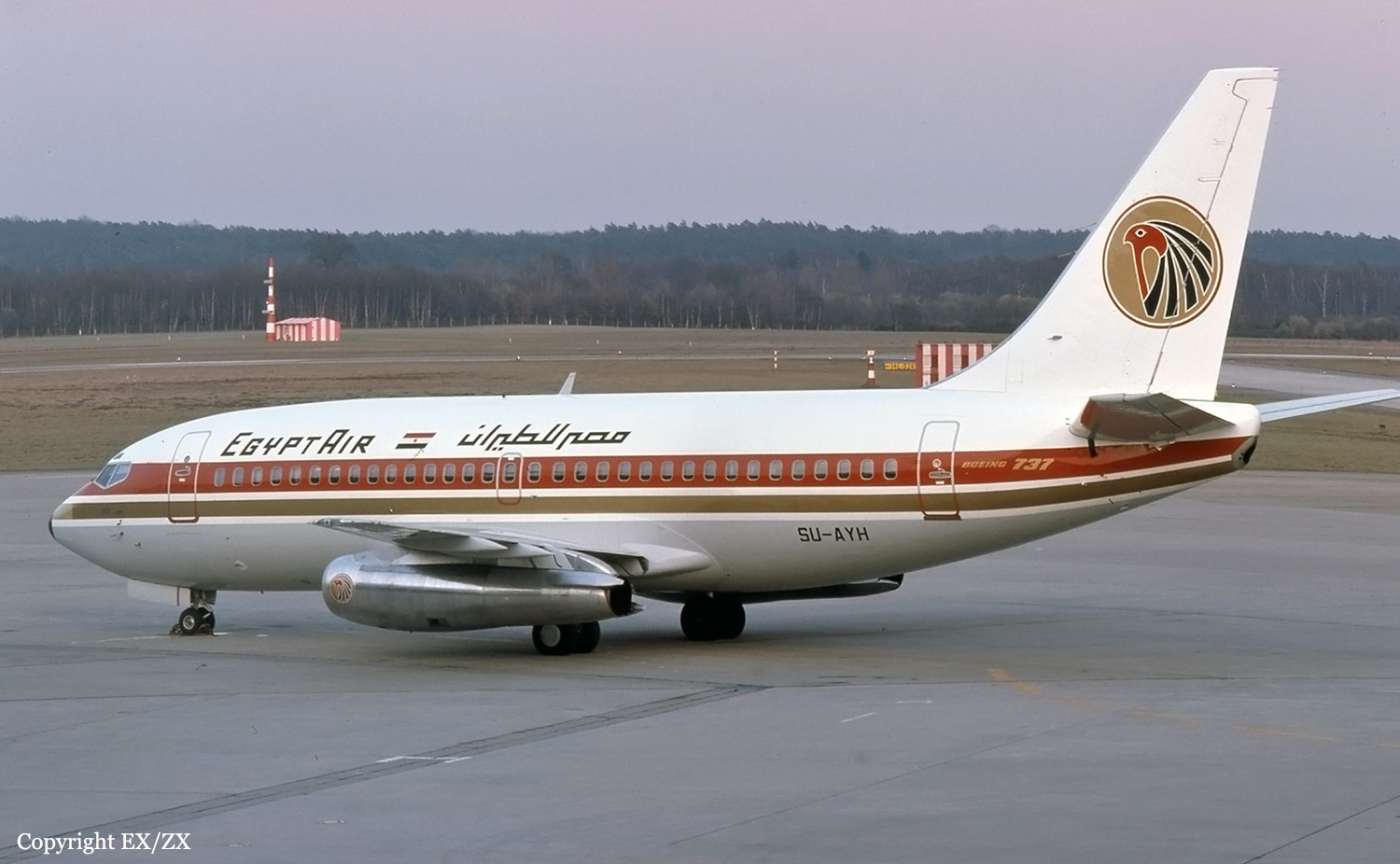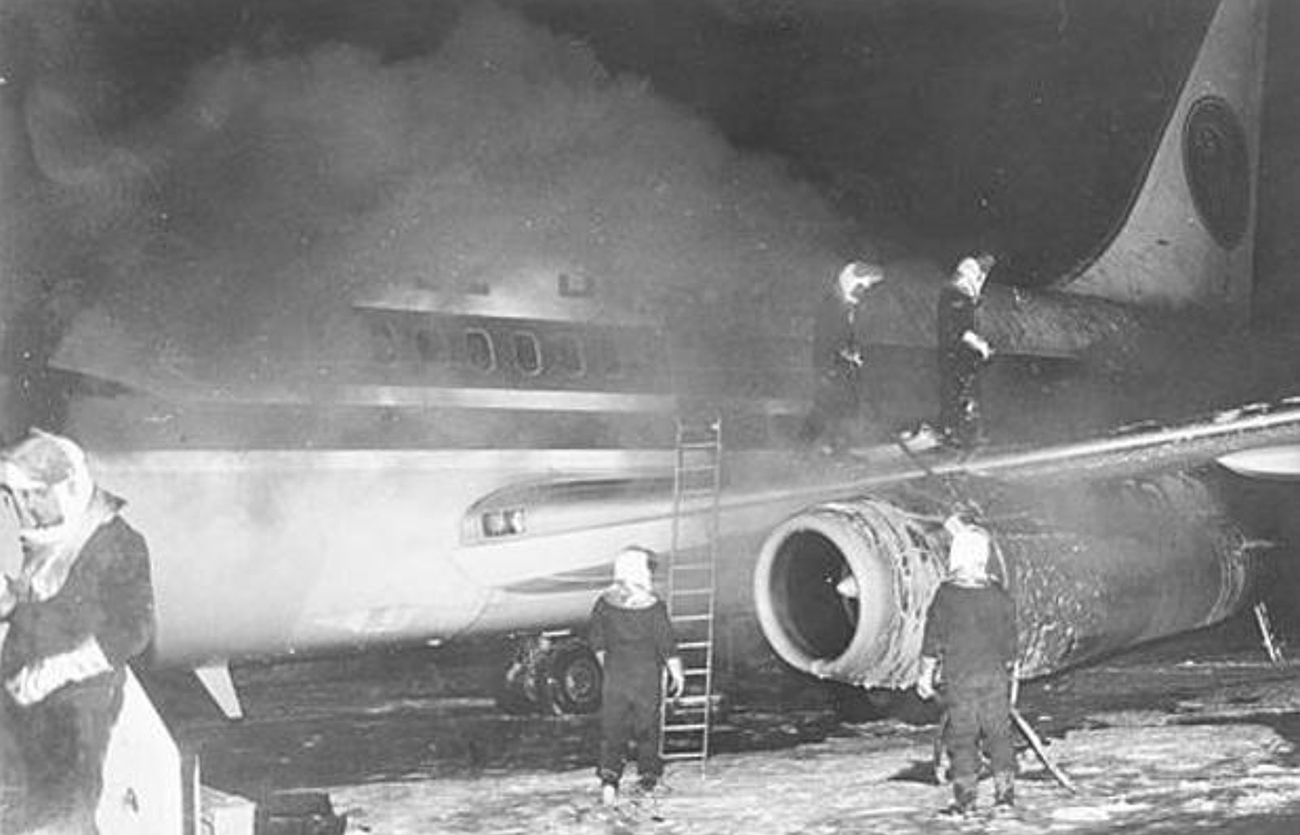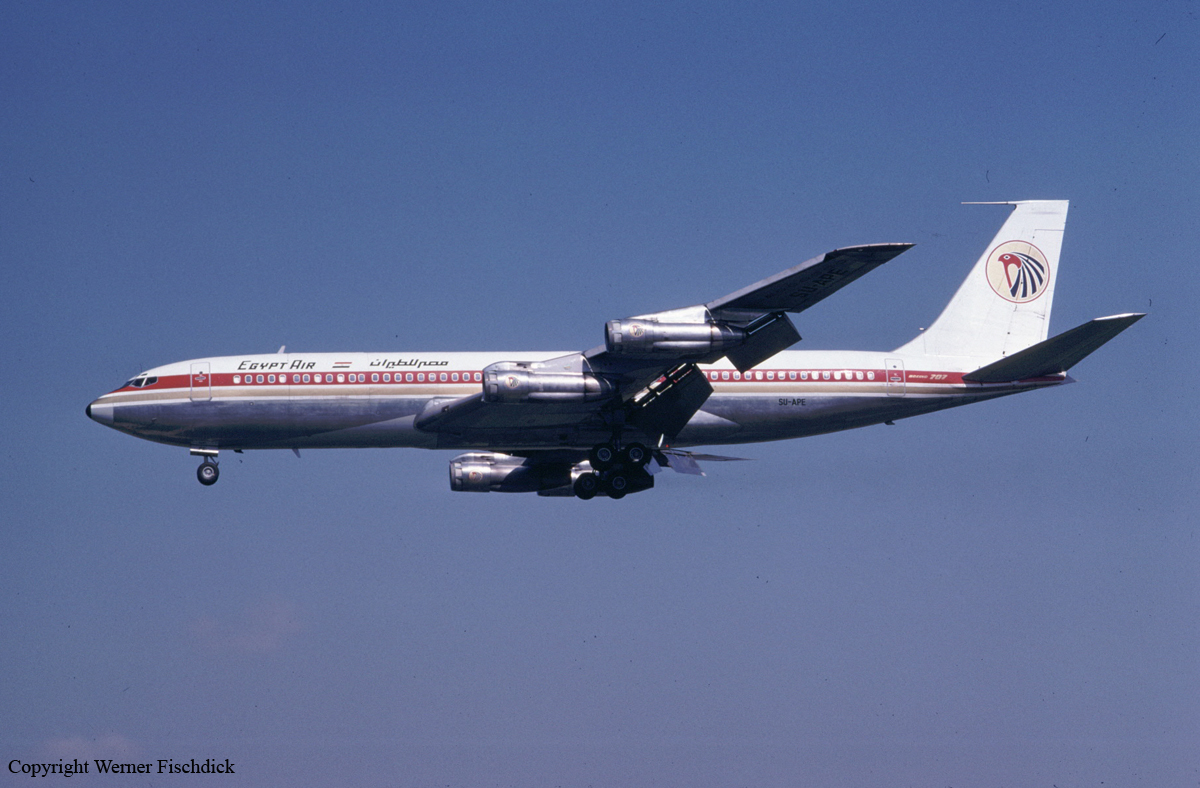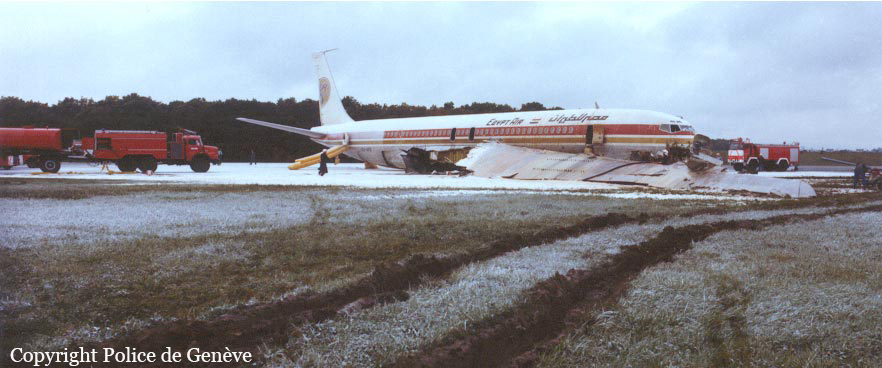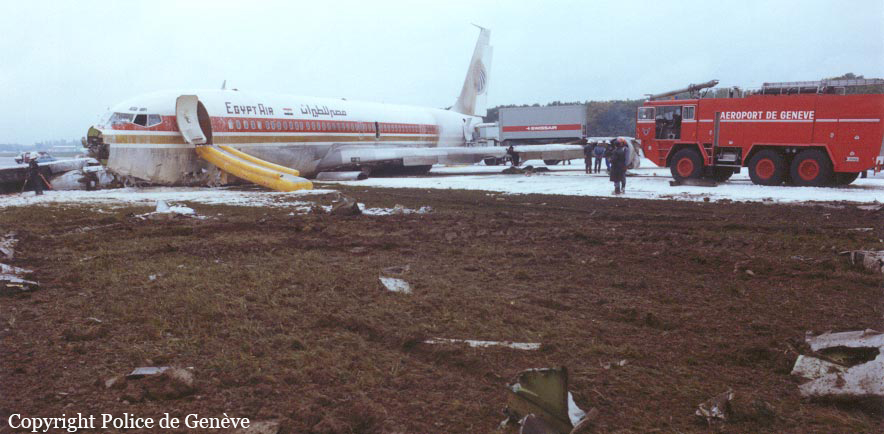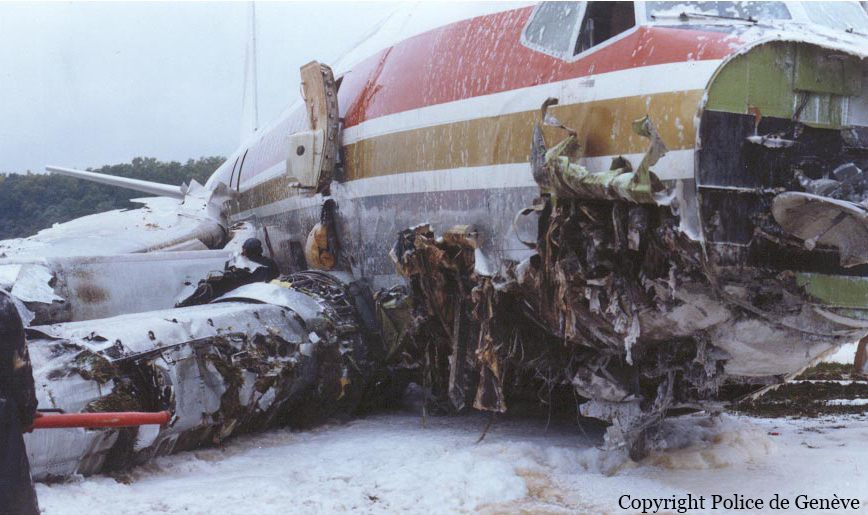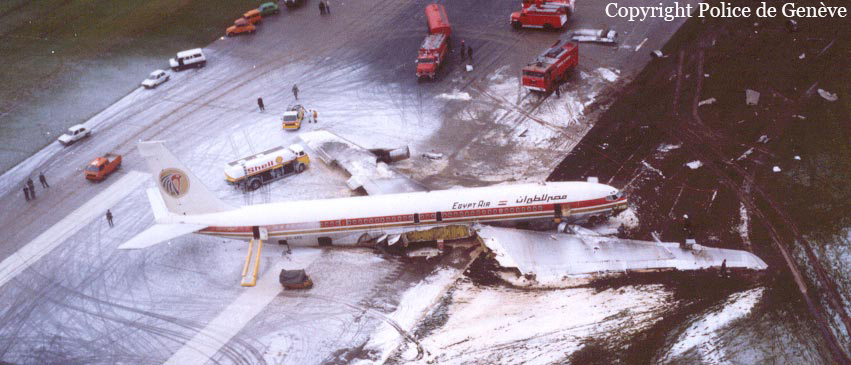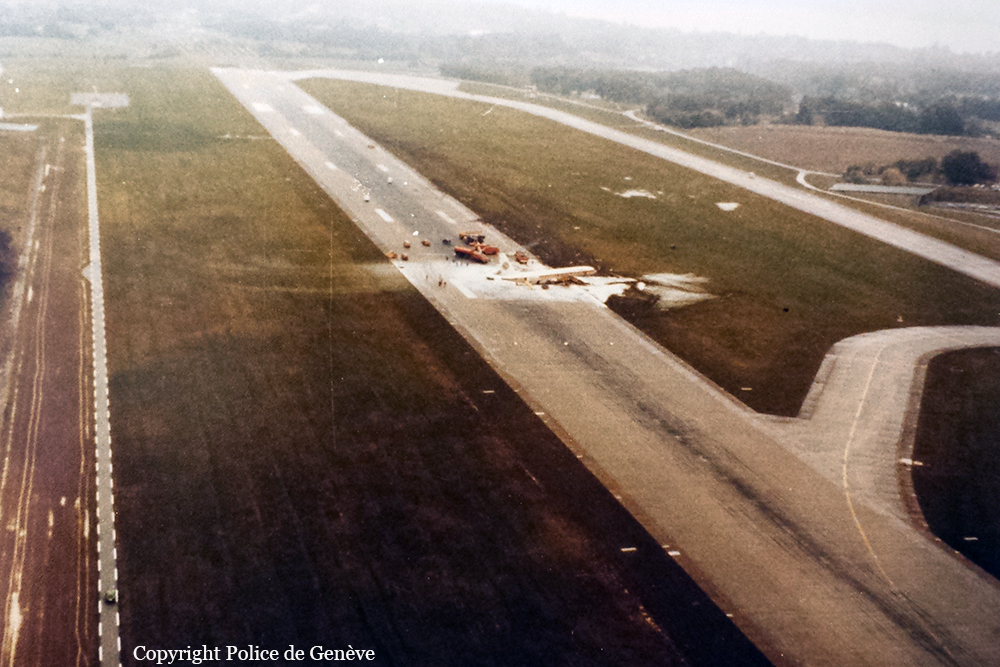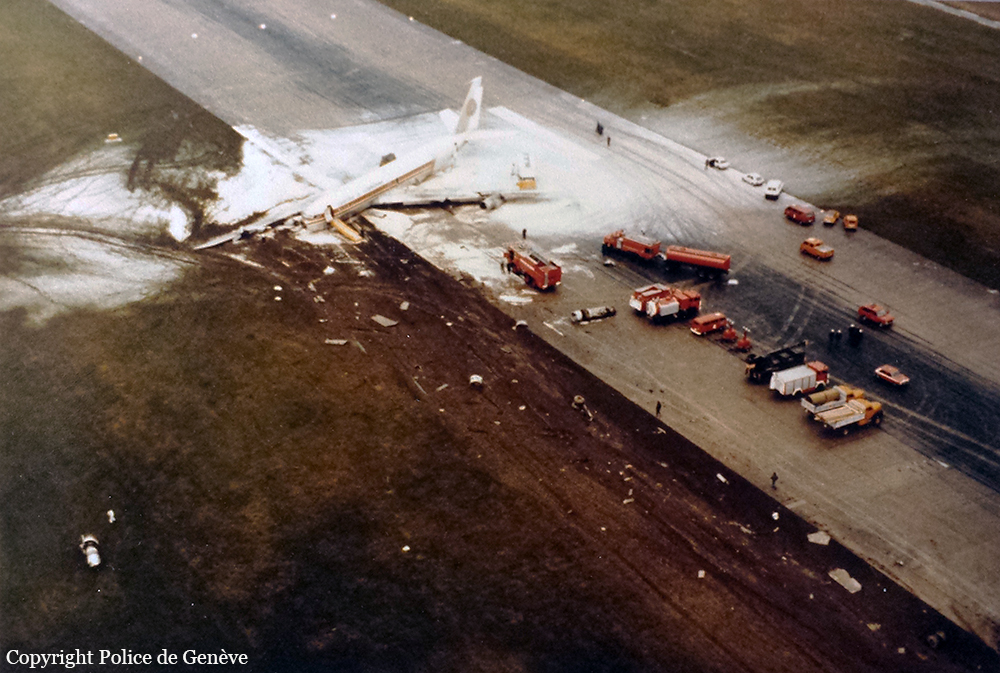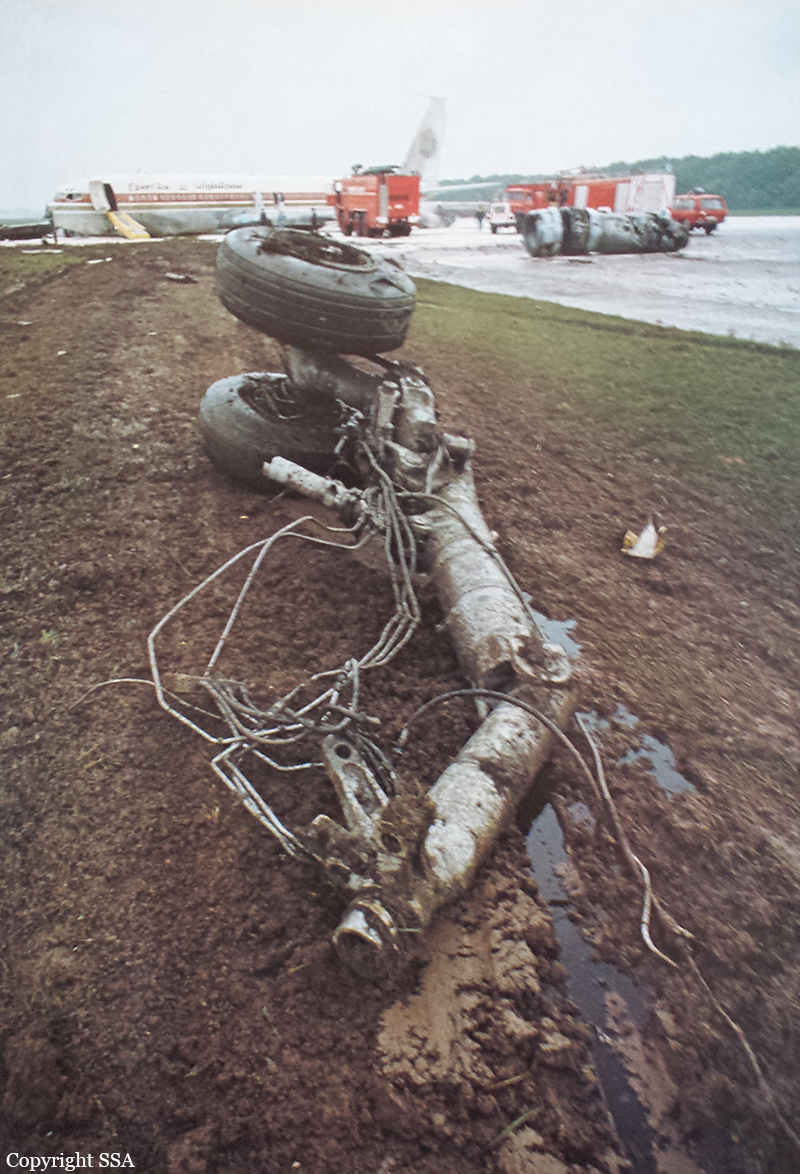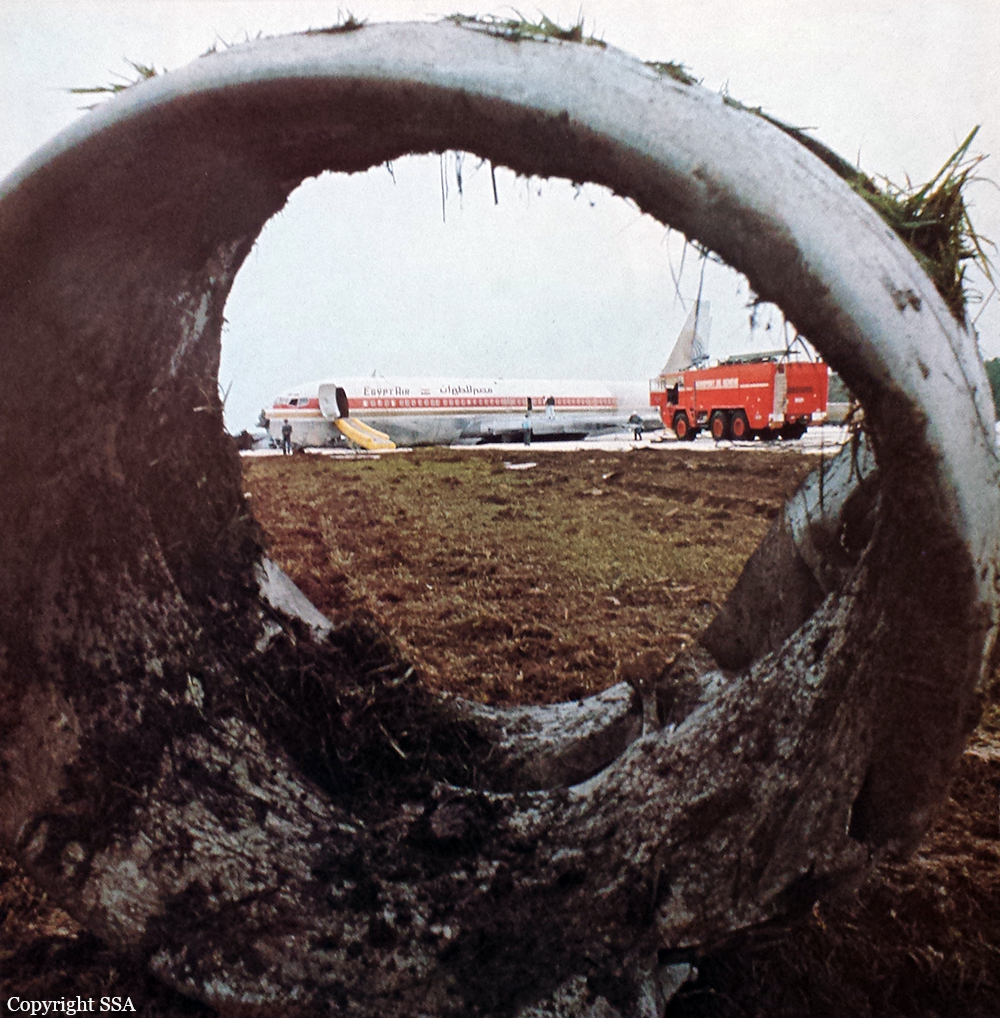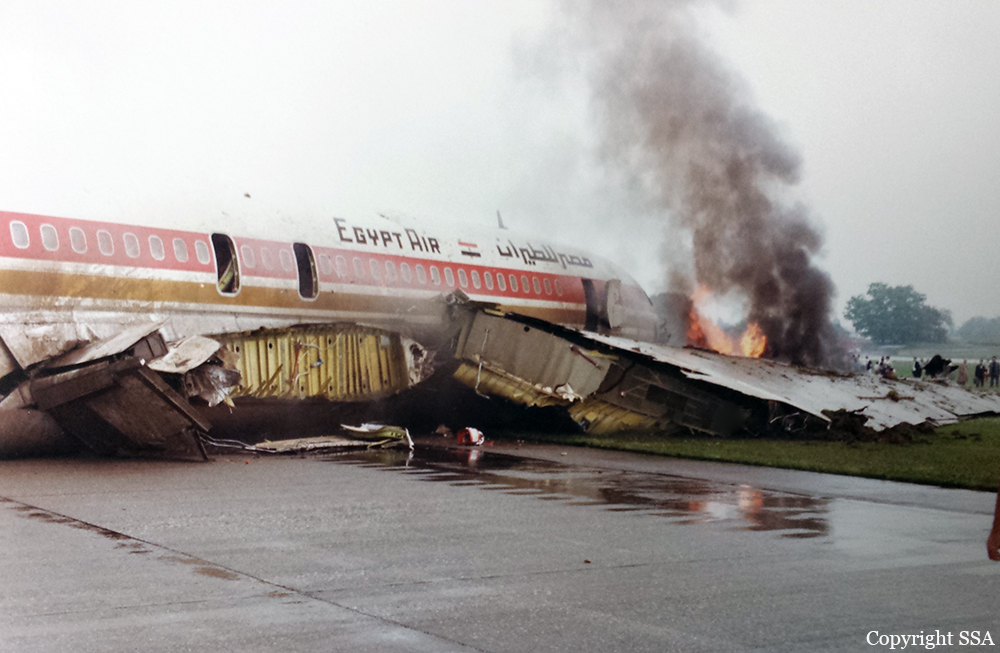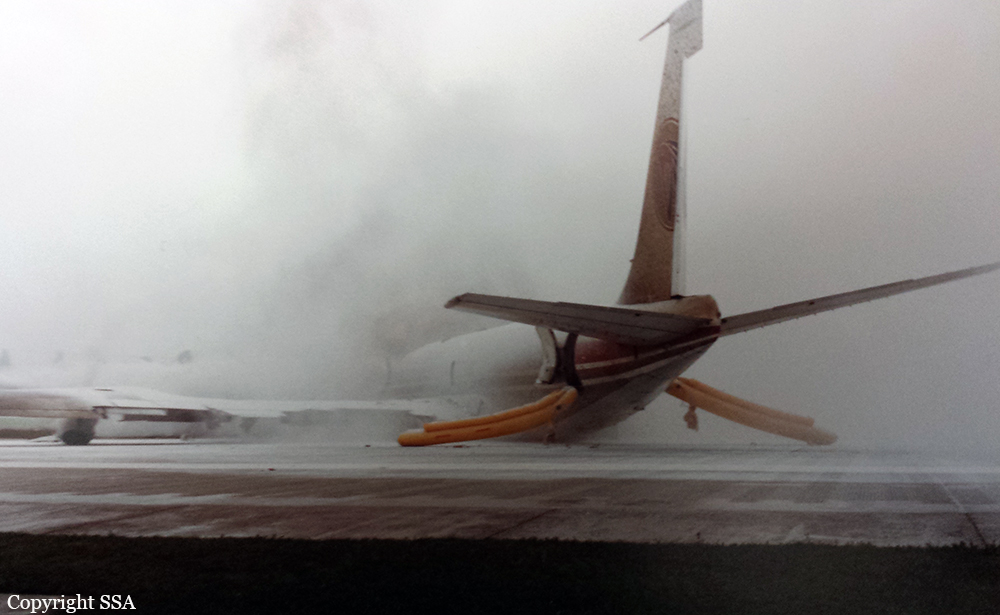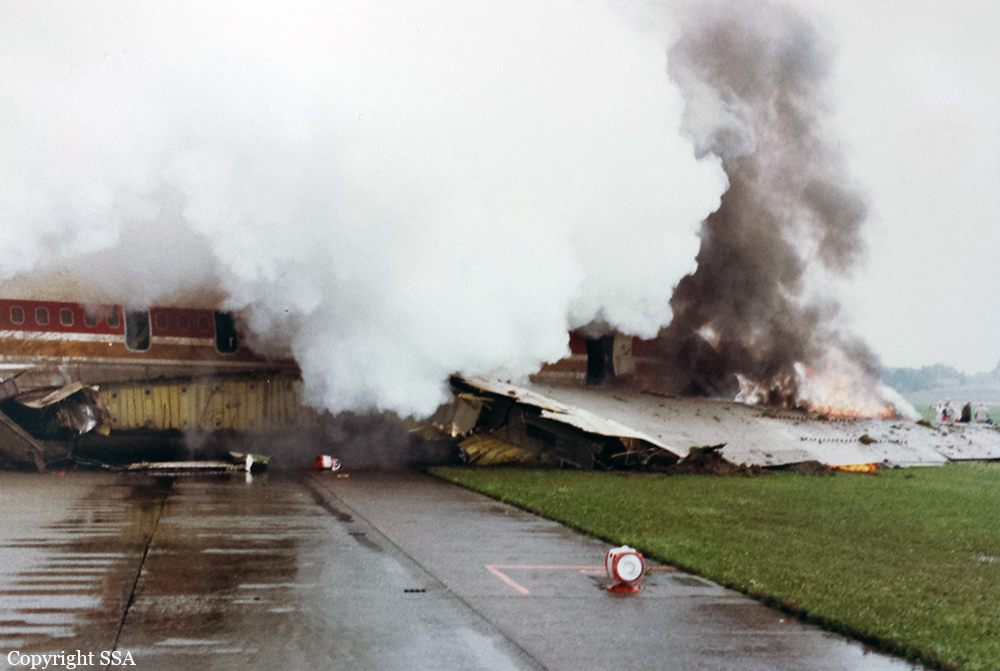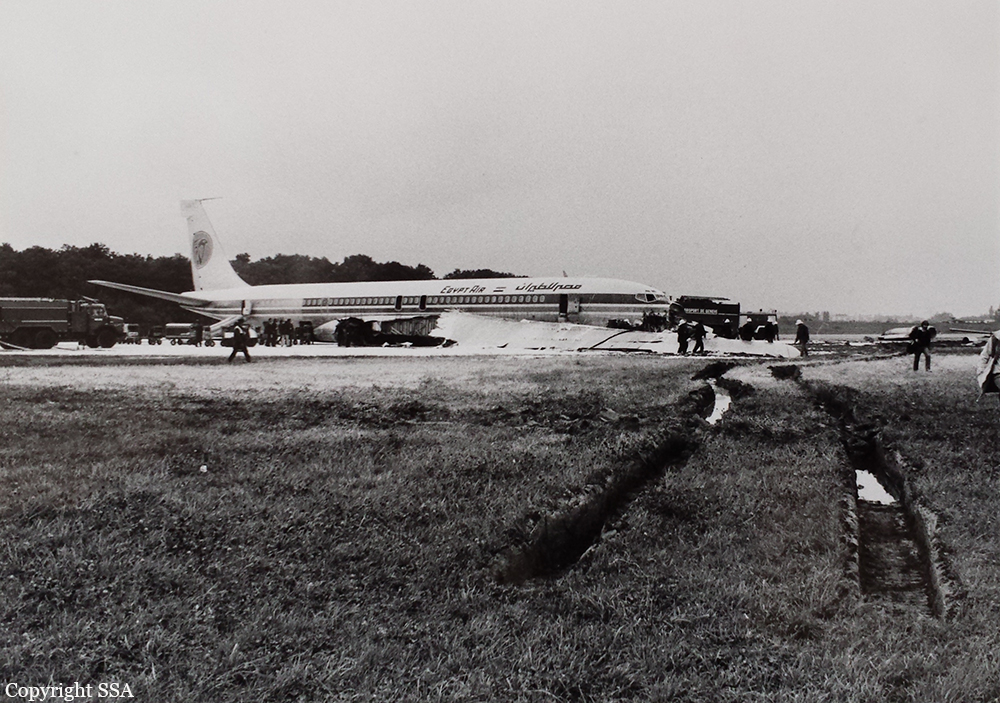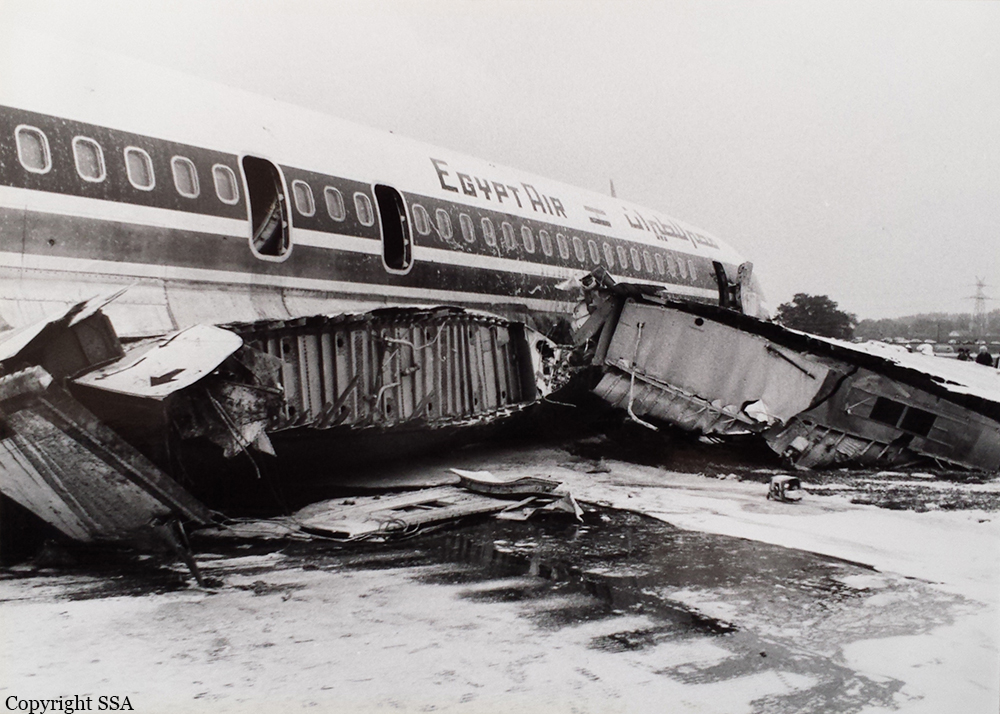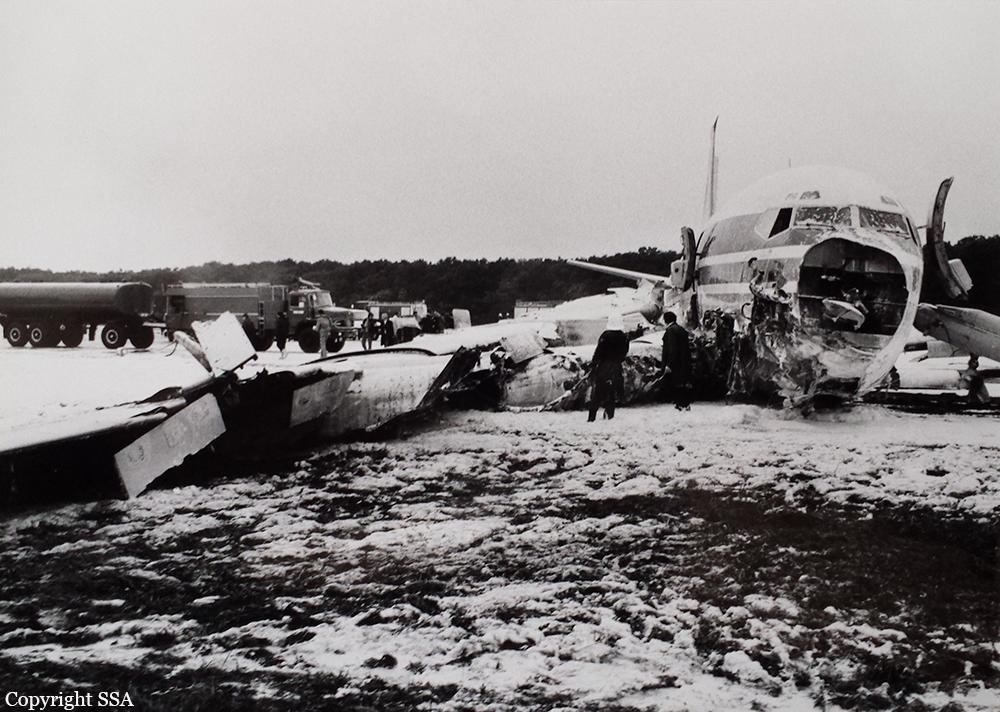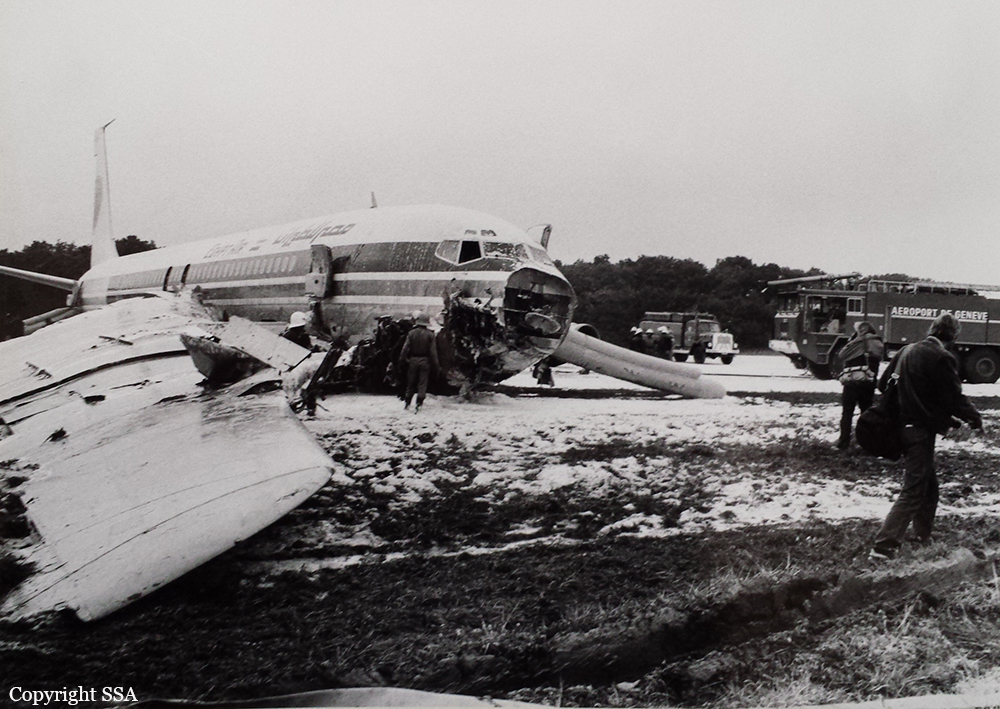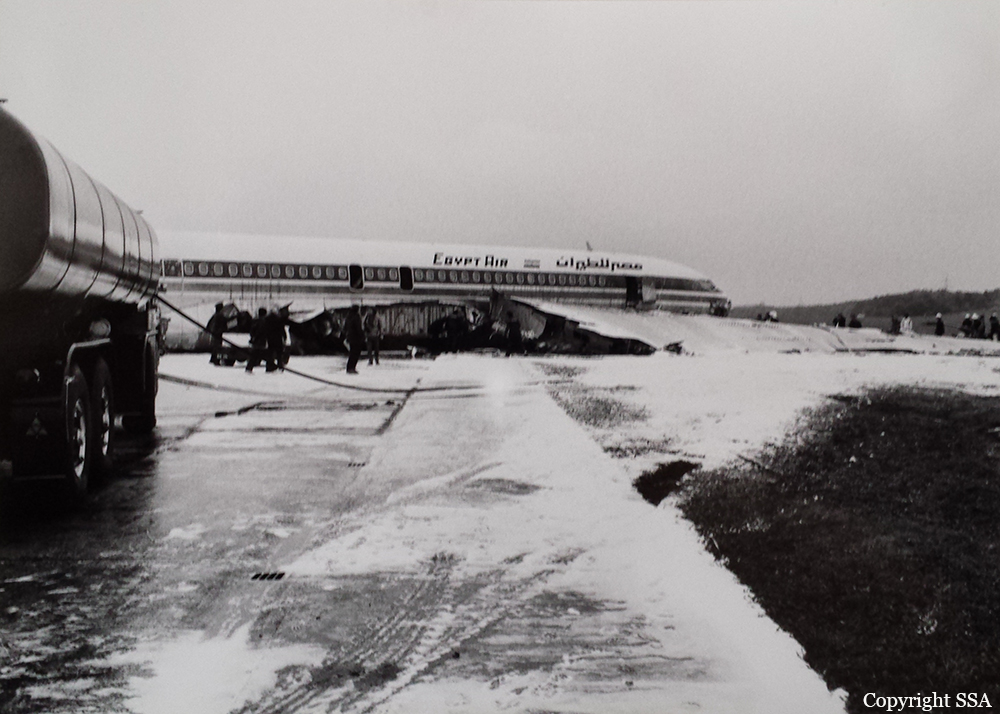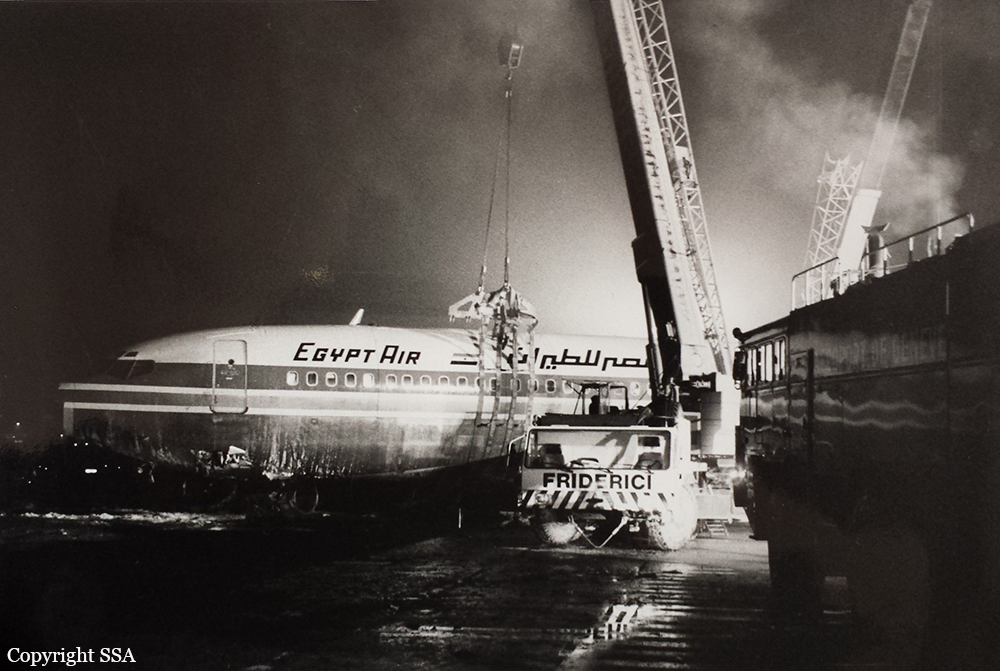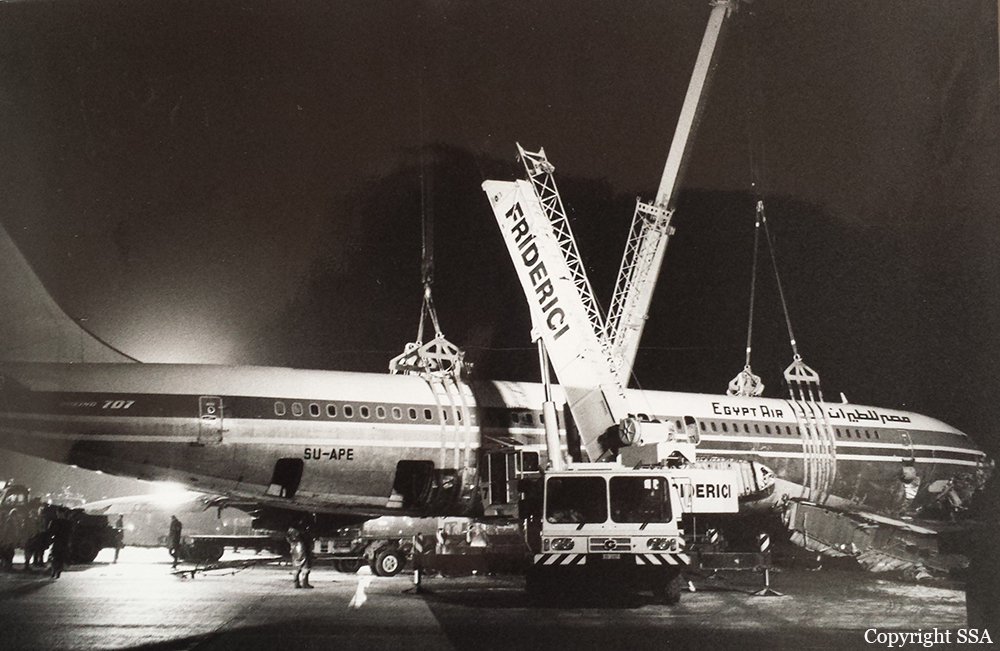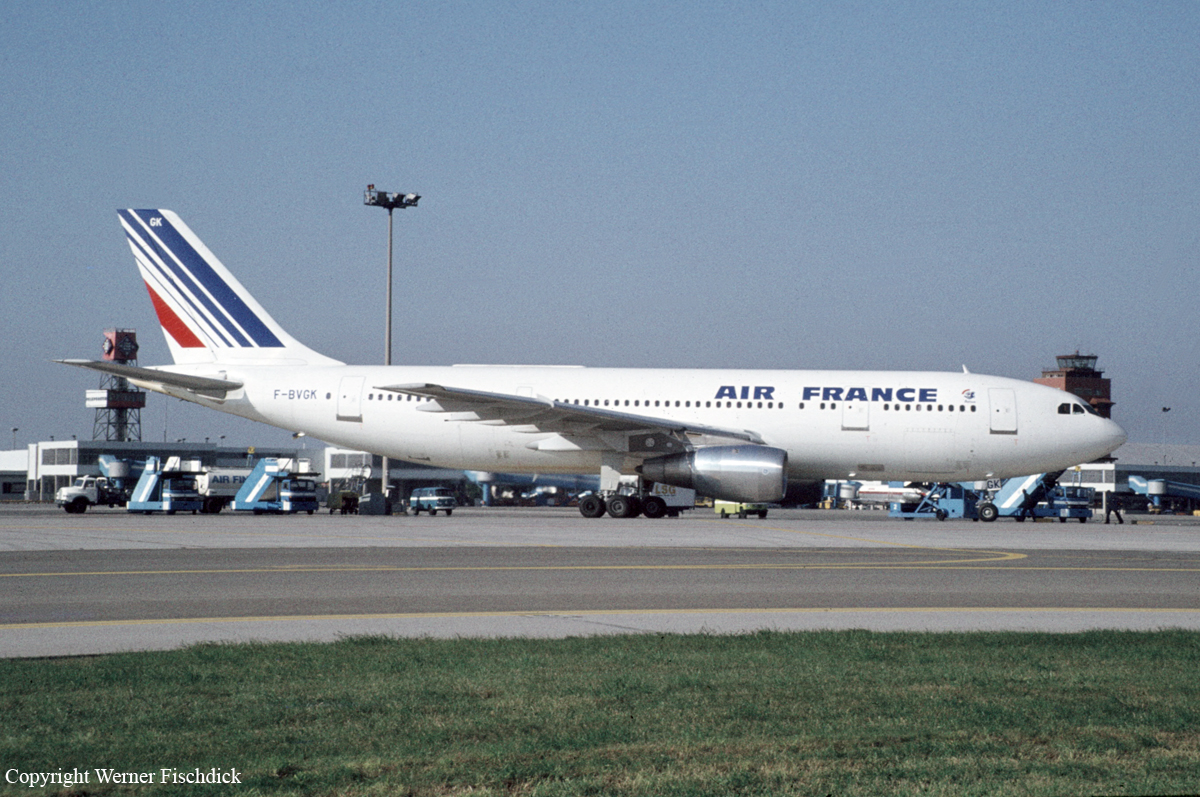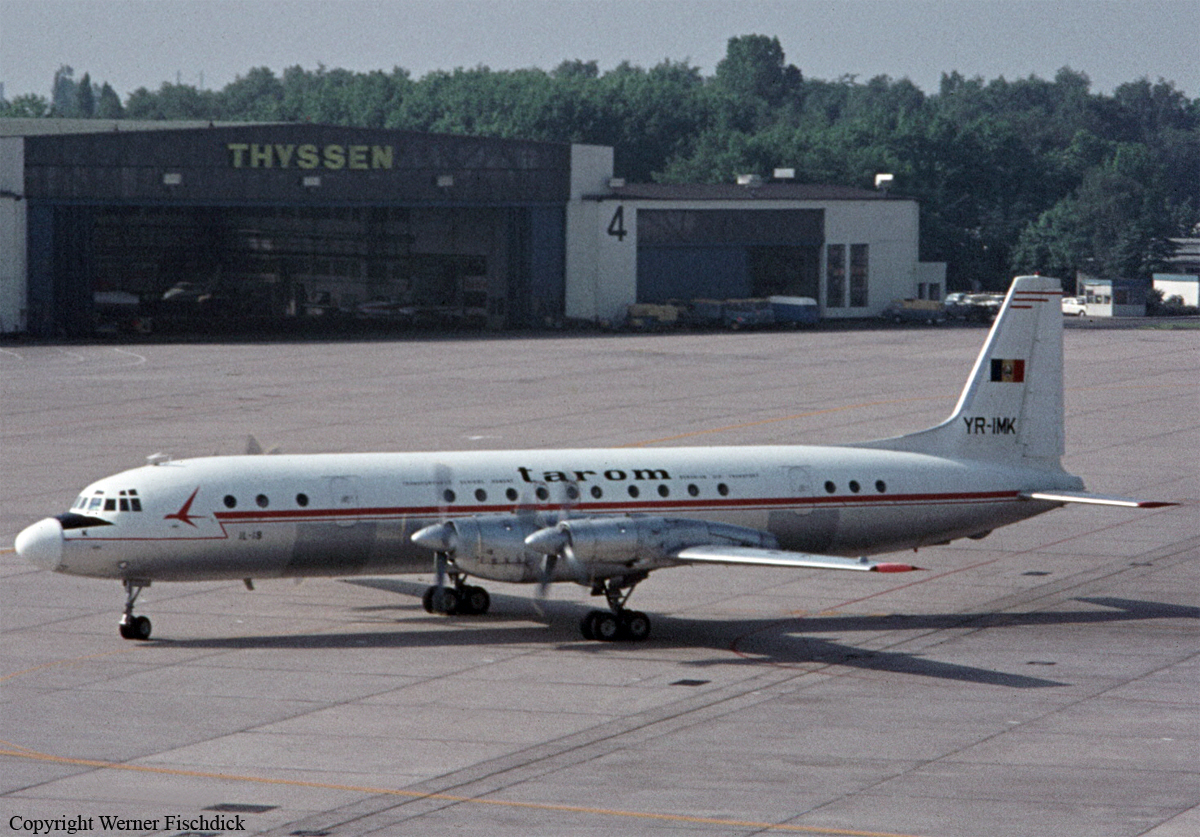Crash of a Boeing 707-336C in Mombasa: 6 killed
Date & Time:
Mar 10, 1998 at 1635 LT
Registration:
SU-PBA
Survivors:
No
Schedule:
Mwanza – Mombasa – Cairo – Ostend
MSN:
19843
YOM:
1968
Crew on board:
6
Crew fatalities:
Pax on board:
0
Pax fatalities:
Other fatalities:
Total fatalities:
6
Aircraft flight hours:
60171
Aircraft flight cycles:
17417
Circumstances:
The four engine aircraft was completing a cargo flight from Mwanza to Ostend with intermediate stops in Mombasa and Cairo, carrying six crew members and a load of 34 tons of fish. After takeoff from runway 03, the aircraft collided with approach lights and an earth mound then crashed few hundred metres past the runway end, bursting into flames. The aircraft was totally destroyed and all six occupants were killed. At the time of the accident, the first portion of 2,600 feet of runway 03 which is 10,991 feet long were not available due to work in progress. It was reported that the total weight of the aircraft was 135 tons.
